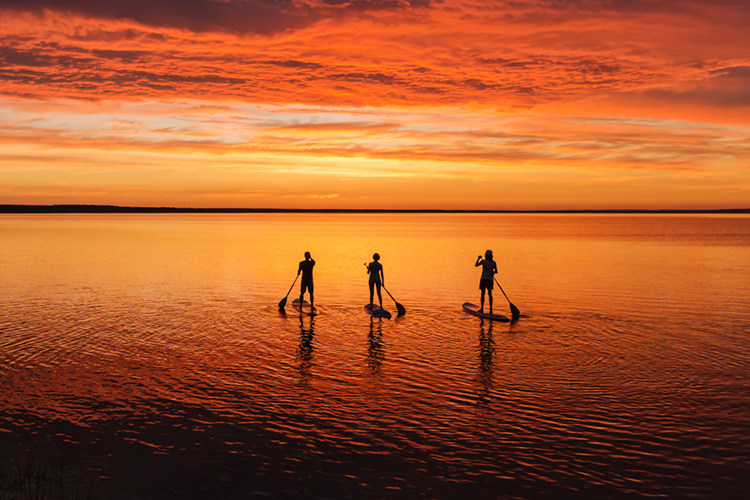Stand-up paddling and paddleboarding are the fastest-growing water sports in the world. And it is easy to figure out why.
Stand-up paddleboarding (SUP) is not a new outdoor activity. It dates back to the early 1900s when Hawaiians propelled themselves on a floating platform using a paddle.
One hundred years later, the pastime became a serious business and expanded to California and the rest of the world, boosted by the digital age and social media.
Today, water sports enthusiasts use stand-up paddleboards for multiple purposes, but mainly recreational.
You can paddle a SUP board to explore rivers, lakes, and islands, but you can also use it to ride waves, practice yoga, perform fitness exercises in a pool, and even fish.
But there's also a competitive side to stand-up paddling and paddleboarding that brings a new generation of athletes into the sport.
According to the International Surfing Association (ISA), there are seven stand-up paddling and paddleboarding divisions:
- SUP surfing;
- SUP technical racing;
- SUP distance racing;
- SUP sprint racing;
- Paddleboard technical racing;
- Paddleboard distance racing:
- SUP paddle relay;
Take a look at the complete list of stand-up and paddleboarding disciplines:
SUP Surfing
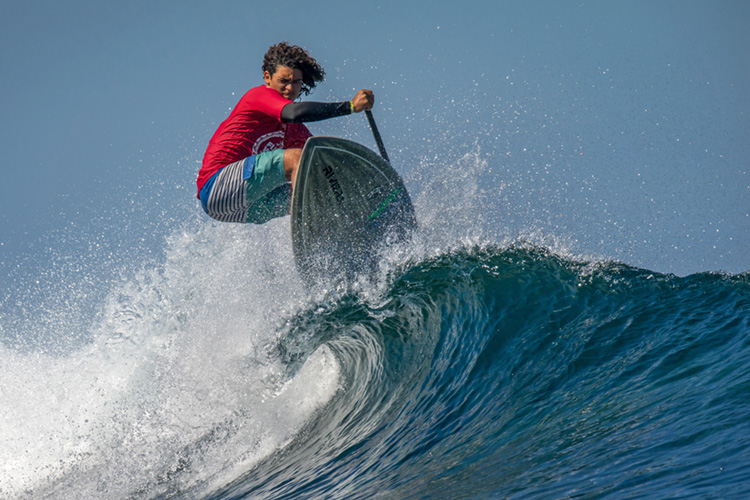
SUP surfing is basically surfing but with the use of a paddle.
Riders stand up on SUP boards and use the paddle to catch the wave, accelerate down the line and perform abrupt turns.
Despite the fun they have in the water, SUP surfers are often considered "kooks" by their fellow shortboard wave riders.
It can be tricky to handle the board and the paddle in front of a breaking wave, but SUP surfing is one of the most popular disciplines of the sport.
SUP Technical Racing
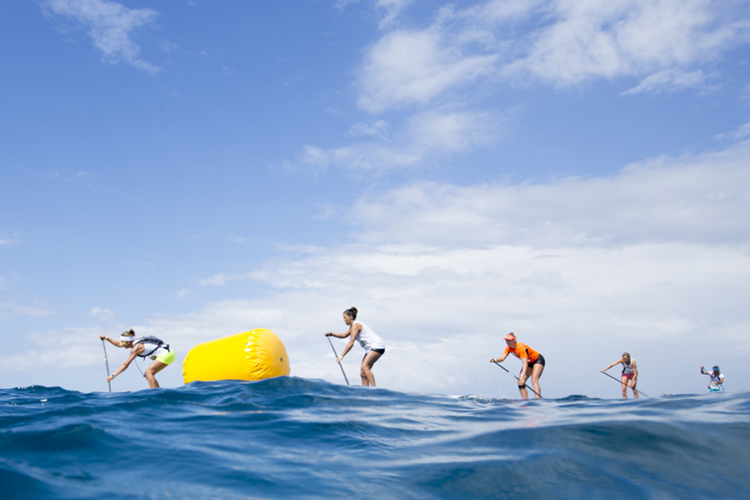
SUP technical racing is a surf slalom competition where competitors put their surfing, speed, and steering skills to the test.
They start on the beach, race to the shore, jump on their boards and paddle out through the surf race on an m-shaped or figure-of-eight course marked with buoys.
After completing a few laps, athletes get back to the shore and run up the beach to cross the finish line.
SUP Distance Racing
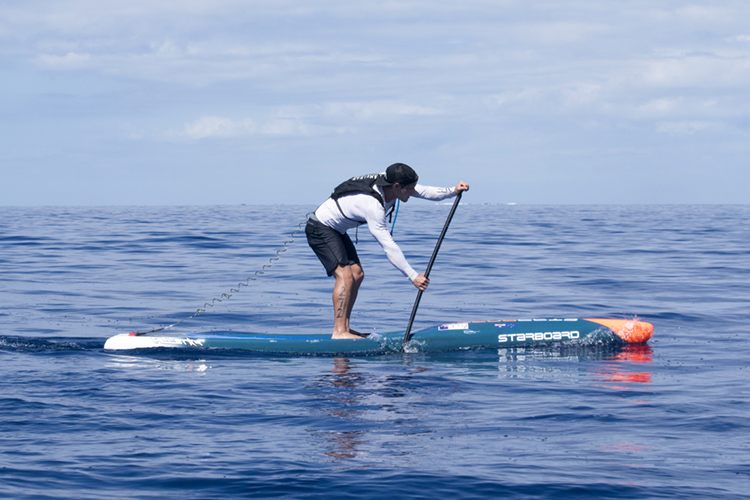
SUP distance racing is the marathon of stand-up paddleboarding.
Athletes are presented with a route and need to complete a pre-determined number of rounds to finish the race.
There are five, ten, 16, and 21-kilometer long-distance races.
SUP Sprint Racing
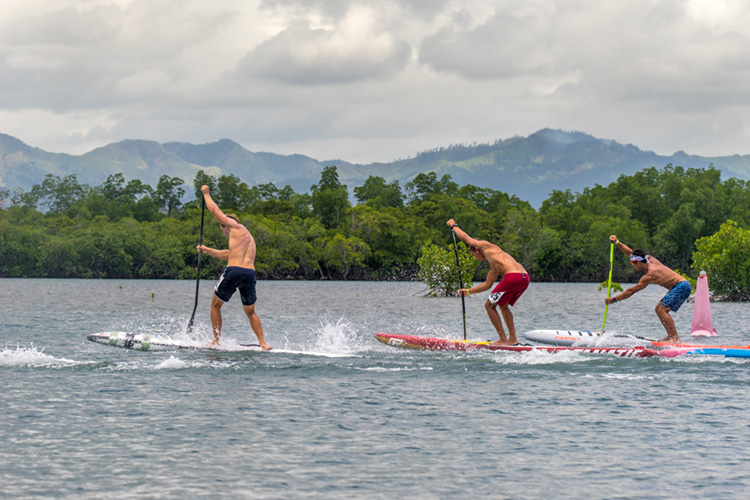
SUP sprint racing is a 200-meter race in a straight line that challenges the athletes' paddling speed.
It is the fastest discipline in SUP and paddleboarding.
SUP Paddle Relay
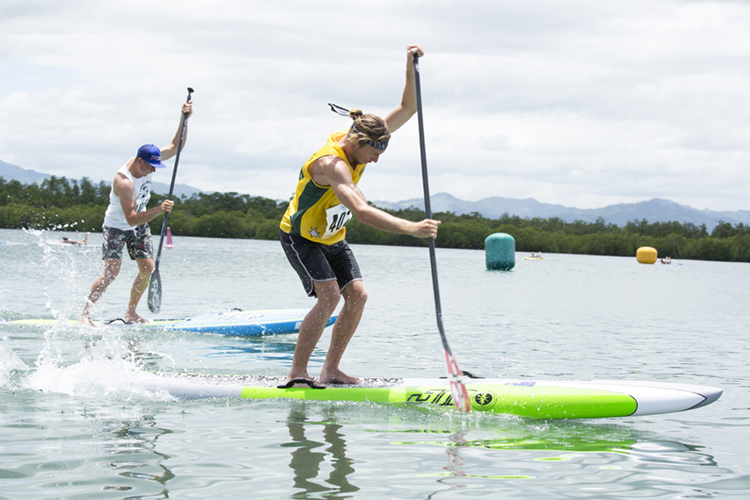
SUP paddle relay is a competition that involves four athletes per country.
The race takes place on a rectangular course and fundamentally uses the rules of SUP technical racing.
When the rider reaches the beach, he or she runs to the exchange zone and taps the next competitor on his or her hand so that he or she completes the course.
Paddleboard Technical Racing
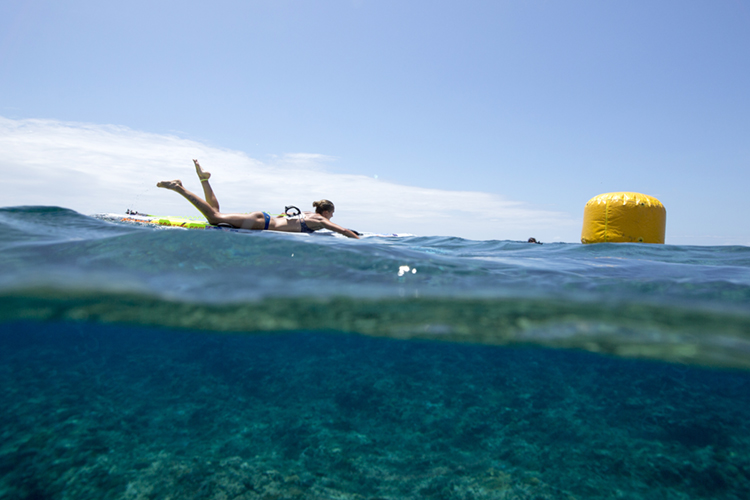
Paddleboard technical racing is similar to SUP technical racing.
The only difference is that paddleboarders use arm strokes instead of a paddle to propel themselves across the water.
Athletes may be kneeling, lying, or standing on the paddleboard.
Paddleboard Distance Racing
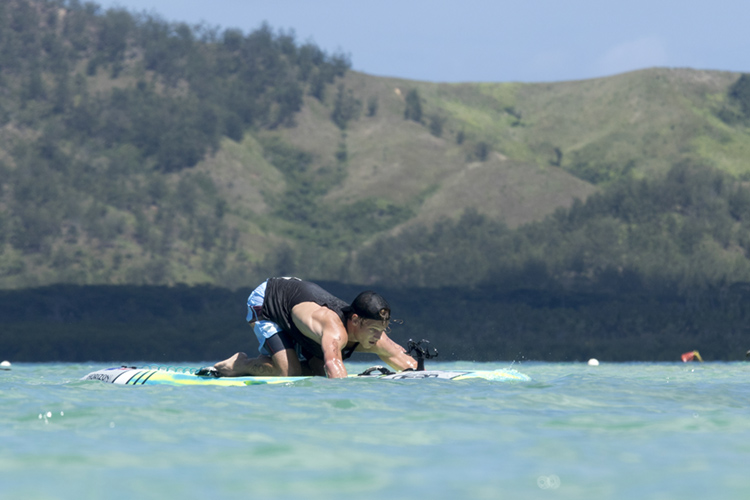
Paddleboard distance racing is one of the most physically demanding disciplines of stand-up and paddleboarding.
It is basically a long-distance race in which athletes use their arm power to complete the marathon.
SUP Whitewater
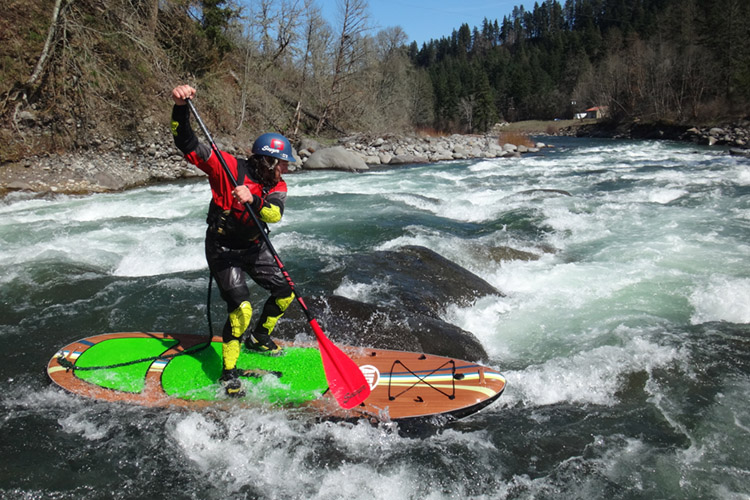
SUP whitewater is an exciting yet dangerous stand-up paddling discipline that involves paddling in river rapids.
It is essentially extreme rafting but using a SUP board. It requires a lot of balancing skills for the fast-moving downstream currents.
Riders also use specific equipment to ride river waves.
SUP Touring
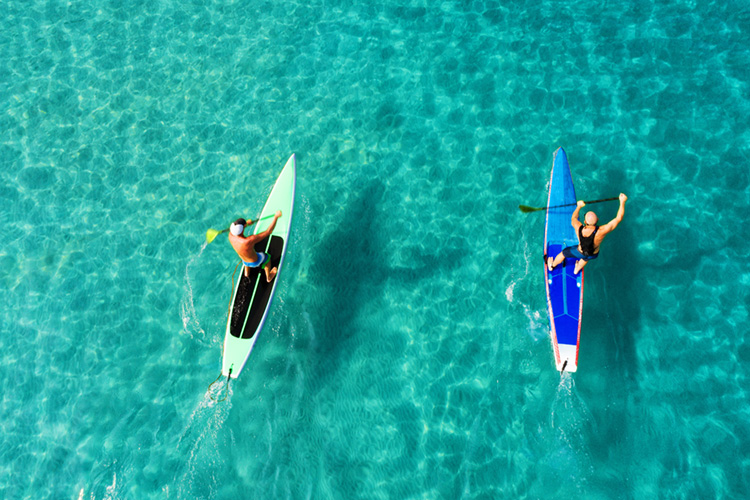
SUP touring is one of the most common variations of stand-up paddleboarding.
It is the act of riding a SUP to explore rivers, dams, lakes, islands, and any body of water for entertaining or relaxing purposes.
It is the most accessible discipline of SUP.
SUP Foiling
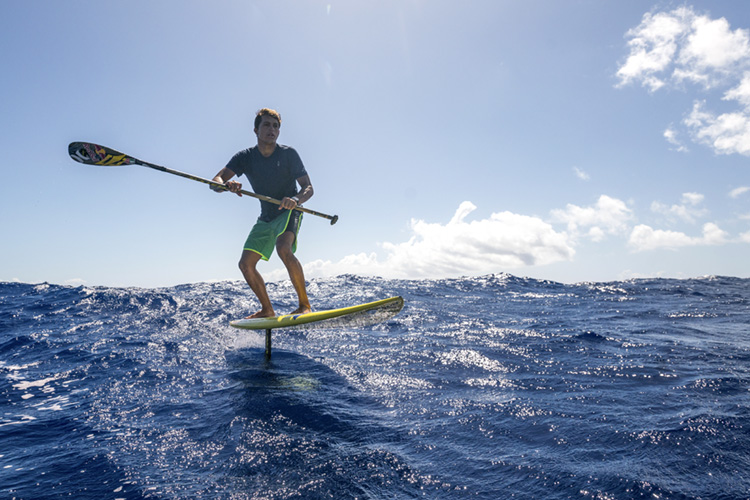
SUP foiling is a blend between SUP surfing and SUP touring but using a hydrofoil board.
Riders use a foil board and a paddle to navigate across the water and occasionally catch waves.
SUP Yoga
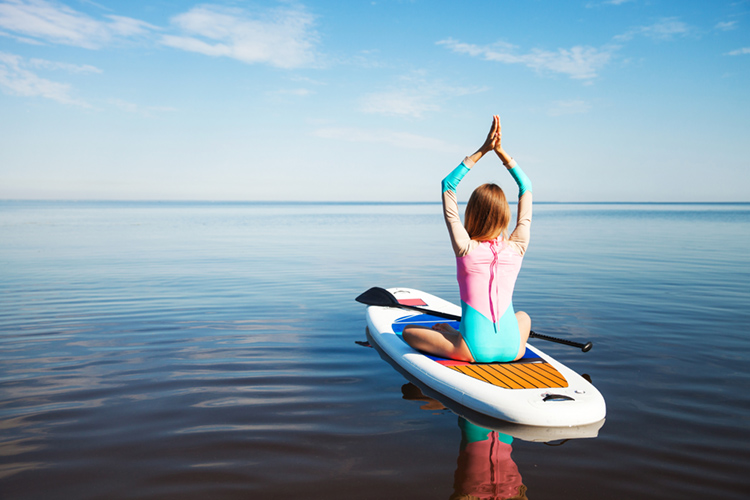
SUP yoga is the art of performing yoga poses on a stand-up paddleboard.
It is often executed in calm waters and enables the person to enjoy a spiritual connection with Mother Nature.
SUP Fishing
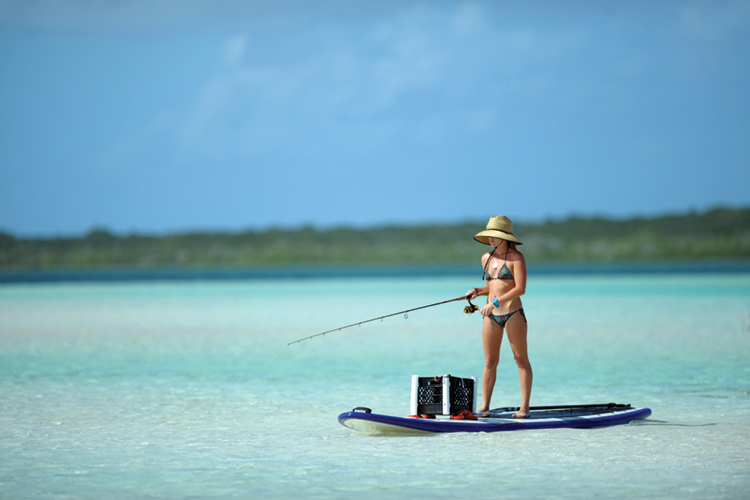
SUP fishing is one of the latest trends in stand-up paddleboarding.
It transforms a SUP into a fishing craft, allowing fishers to reach spots where fish are.
Simultaneously, the board is used to hold all gear.
SUP Swimming
SUP swimming is a new trend involving the performance of physical fitness exercises in an indoor swimming pool.
It can be enjoyed by anyone and has been associated with injury recovery and rehabilitation.
